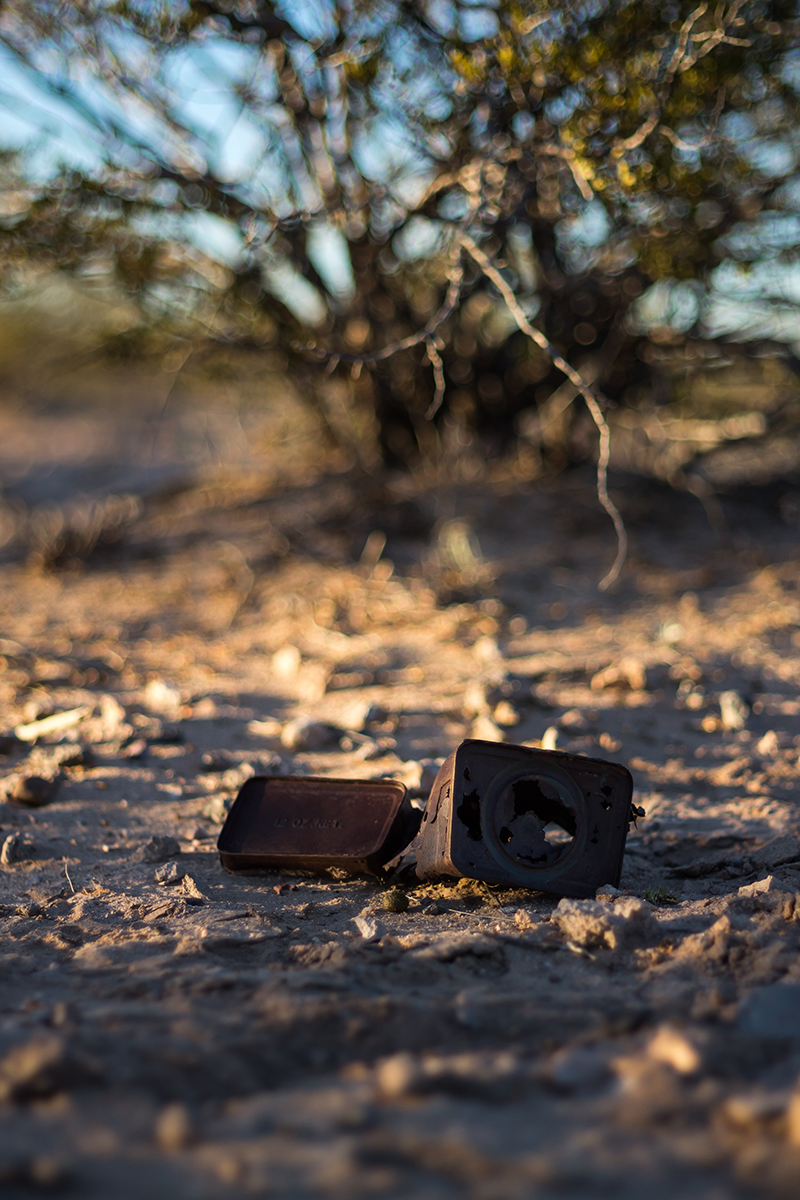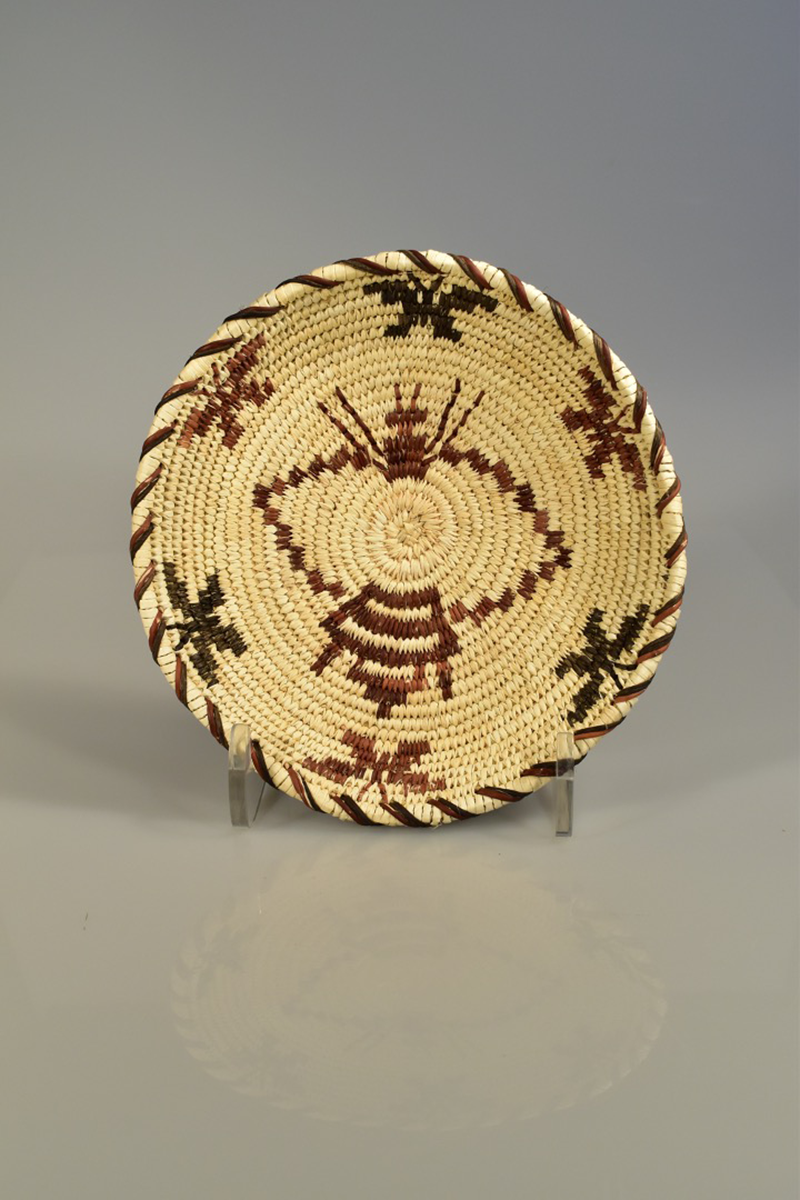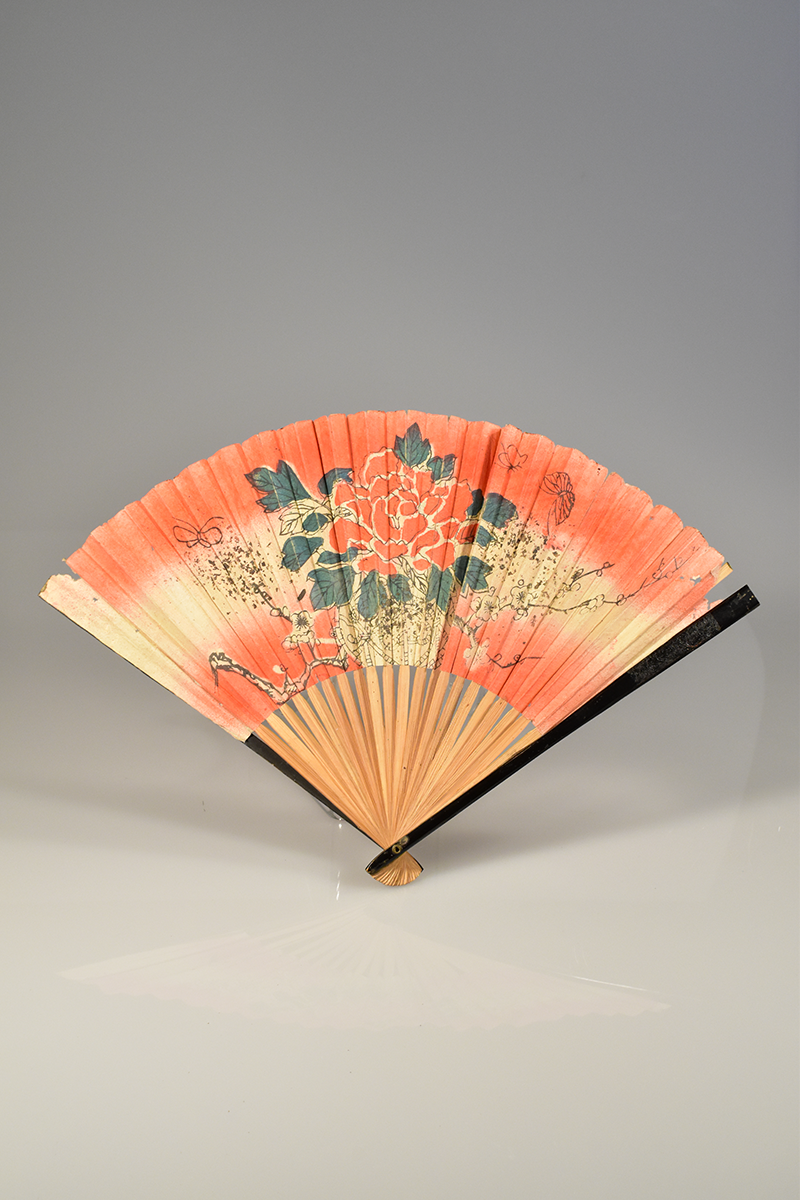
Archaeological Collections
The University Museum is a repository for archaeological materials obtained through faculty and student research, cultural resource management (CRM) projects, and private donations. Most of these materials were recovered from ancient Indigenous sites in this region, but some materials come from sites dating to the Spanish colonial, Mexican, and American Territorial periods. Many of the CRM projects took place on federal land, and the museum curates this material for those agencies.
Highlights of the archaeological collections include: corn cobs recovered from rockshelters in the Organ Mountains that are mroe than 3200 years old; a wide variety of material documenting the lives of the Mogollon peoples living in south-central New Mexico between AD 1000 and 1450; artifacts from campsites and villages along El Camino Real de Tierra Adentro National Historic Trail; and material excavated from U.S. military forts occupied during the mid- to late-1800s.

Ethnographic Collections
The University Museum's ethnographic collections reflect both the museum's place in the Southwest United States as well as the ways that material culture connects us with people around the world. These collections draw from faculty and student research, collaborations with local artists and makers, and the travels and interests of donors. The museum seeks to collaborate with living communities whenever possible for the curation and care of these collections.
Some highlights of the ethnographic collections include: diverse examples of the approaches to basketry in the Southwest; Southwestern pottery, including a collection of over 450 wedding vases (the Boucher Collection); and textiles from the highlands of Chiapas, Mexico. In addition to collections from the this region, the museum cares for objects from around the world, including West and East Africa, China, Iran, and the South Pacific.

Historical Collections
The historical collections at the University Museum relate to the history of New Mexico State University and the Las Cruces region. Many of these objects were donated to the museum by the university faculty and staff, alumni, and families living in this region. Much of this material is enhanced by documents and photographs maintained by the Archives and Special Collections Department of the University Library.
Highlights of the historical collections include: furniture made by young men participating in the 1930s National Youth Administration (part of the Roosevelt-era Works Progress Administration); objects connected to the prominent Amador family (the Amador Collection); and memorabilia from various NMSU departments.

